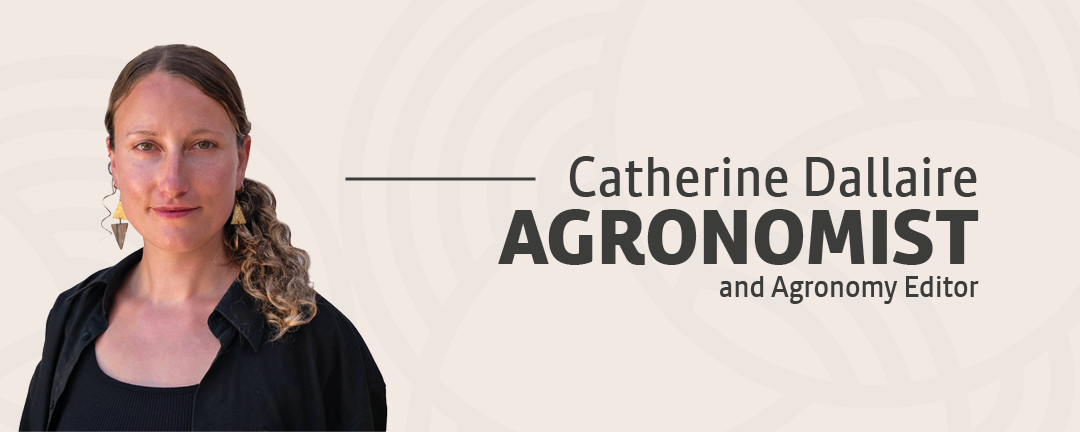
What Is Upcycled Food?
Upcycled food products are made from ingredients that would have otherwise been lost or discarded. For example, surplus food left in farmers’ fields, waste from the food processing industry, or fruits and vegetables that go unsold for aesthetic reasons are used to create delicious new recipes.
From sauces and broths to snack bars and pastries, these products allow unwanted fruit, vegetables and grains to reach consumers through innovative recycling loops. As a result, thousands of pounds of food are diverted from landfill or composting facilities.
Could Small and Medium Agricultural Producers Capitalize on This Trend?
With the ever-growing interest in upcycled products, farmers could be well positioned to tap into this business opportunity. Upcycling gives them a practical way to reduce post-harvest losses, boost the value of imperfect or substandard produce, and even build new partnerships with food processing companies. Sometimes, all it takes is a change in perspective to turn leftover food into revenue streams.
Report by the Food and Agriculture Organization of the United Nations,


